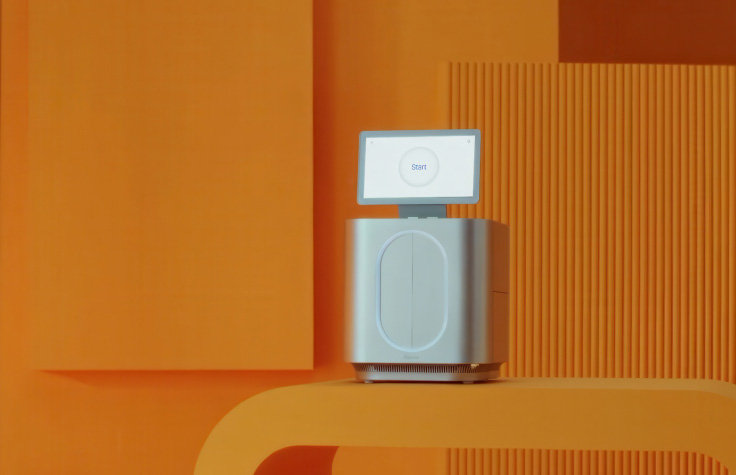Thank you for all the info and this nice summary.
I was wondering if you guys have any advice on eliminating large fragments. The step is included in TruSeq DNA PCR-Free library prep from Illumina. They dilute 100ul of SPB with 60ul water for 350bp insert and with 100ul of water for 550bp insert size and then use supernatant in the next step.
I'm trying to prepare 1000bp insert size library and am wondering if I should perform this step at all since according to gel, there aren't any larger fragments in the samples (DNA was sheared with Covaris)
Are large fragments problematic downstream in the protocol, including sequencing on MySeq?
If I will perform this step, maybe I should dillute SPB with water 1:3 and this will leave 1000-1500bp fragments in the supernatant? This is only speculation, so any advice from experience would be appreciated.
On the other hand, since I will later enrich the library with custom IDT probes, the 130bp adapter ligates probably would not be a problem since they will not be pulled ?
There is also no PCR step before enrichment, so biased replication of the shorter fragments shouldn't be a problem.
Would you recommend skiping both cleanup steps in order to preserve the sample?
Your thoughts ?
Thank you,
Lovro
I was wondering if you guys have any advice on eliminating large fragments. The step is included in TruSeq DNA PCR-Free library prep from Illumina. They dilute 100ul of SPB with 60ul water for 350bp insert and with 100ul of water for 550bp insert size and then use supernatant in the next step.
I'm trying to prepare 1000bp insert size library and am wondering if I should perform this step at all since according to gel, there aren't any larger fragments in the samples (DNA was sheared with Covaris)
Are large fragments problematic downstream in the protocol, including sequencing on MySeq?
If I will perform this step, maybe I should dillute SPB with water 1:3 and this will leave 1000-1500bp fragments in the supernatant? This is only speculation, so any advice from experience would be appreciated.
On the other hand, since I will later enrich the library with custom IDT probes, the 130bp adapter ligates probably would not be a problem since they will not be pulled ?
There is also no PCR step before enrichment, so biased replication of the shorter fragments shouldn't be a problem.
Would you recommend skiping both cleanup steps in order to preserve the sample?
Your thoughts ?
Thank you,
Lovro



Comment